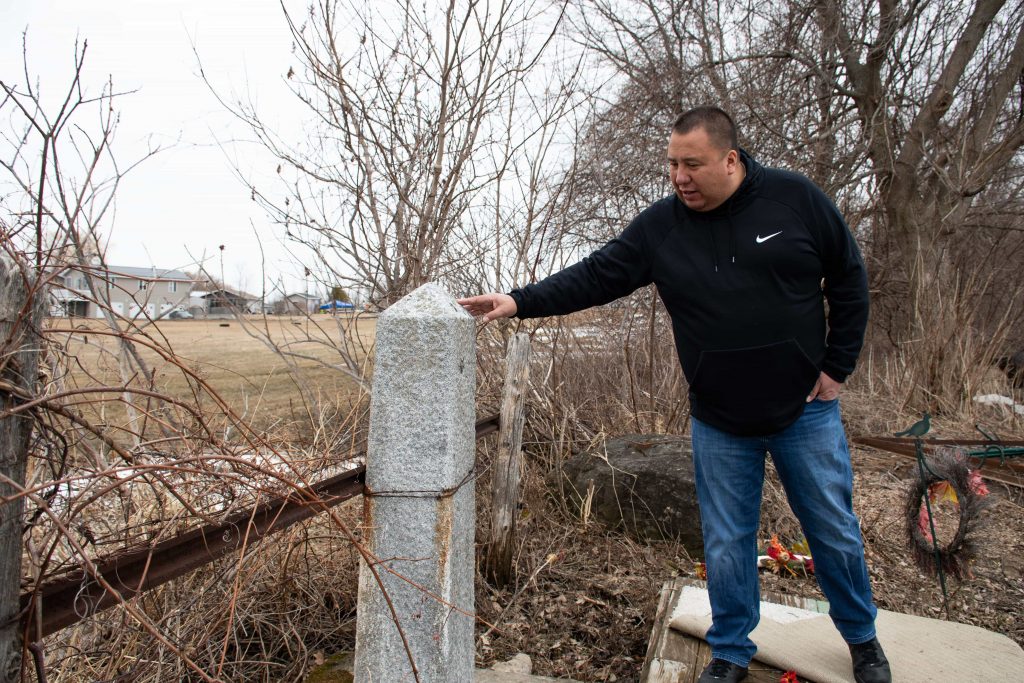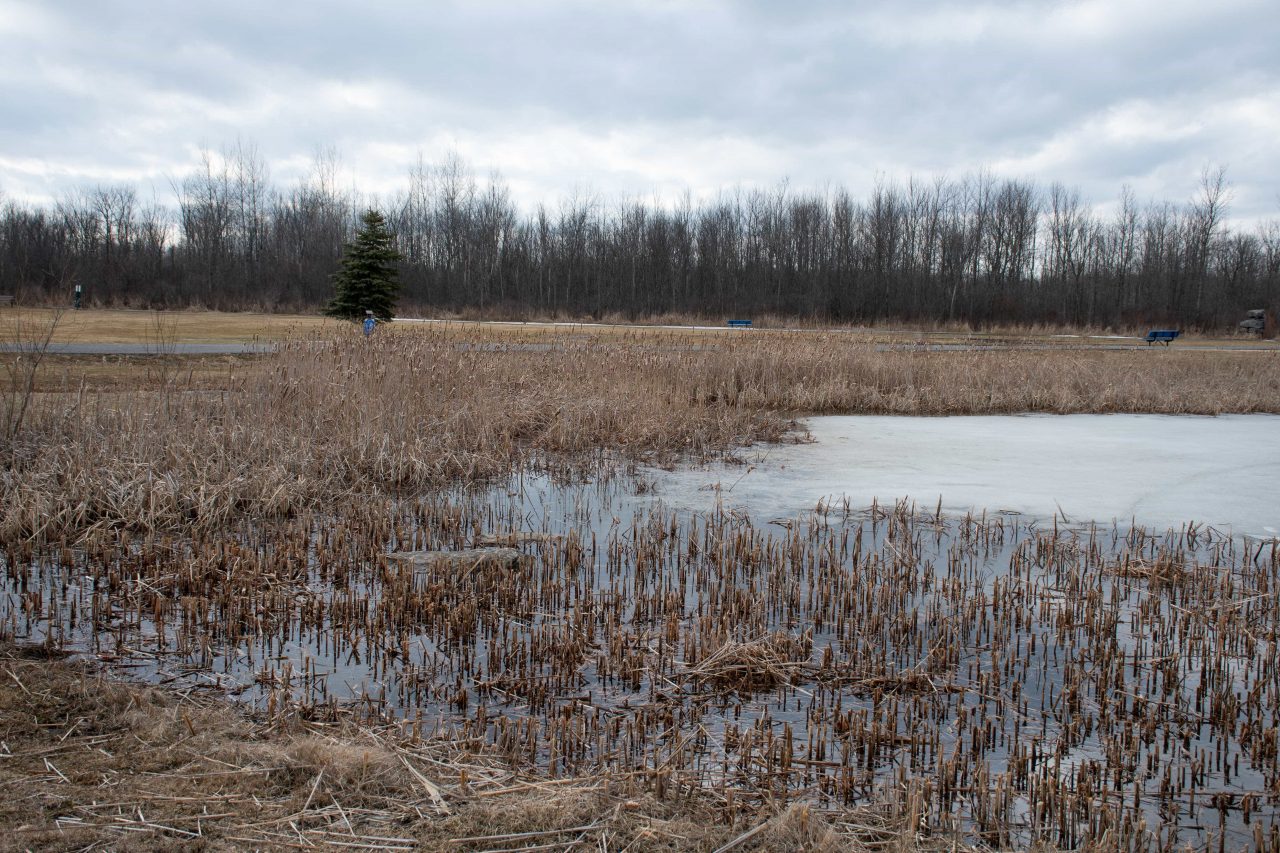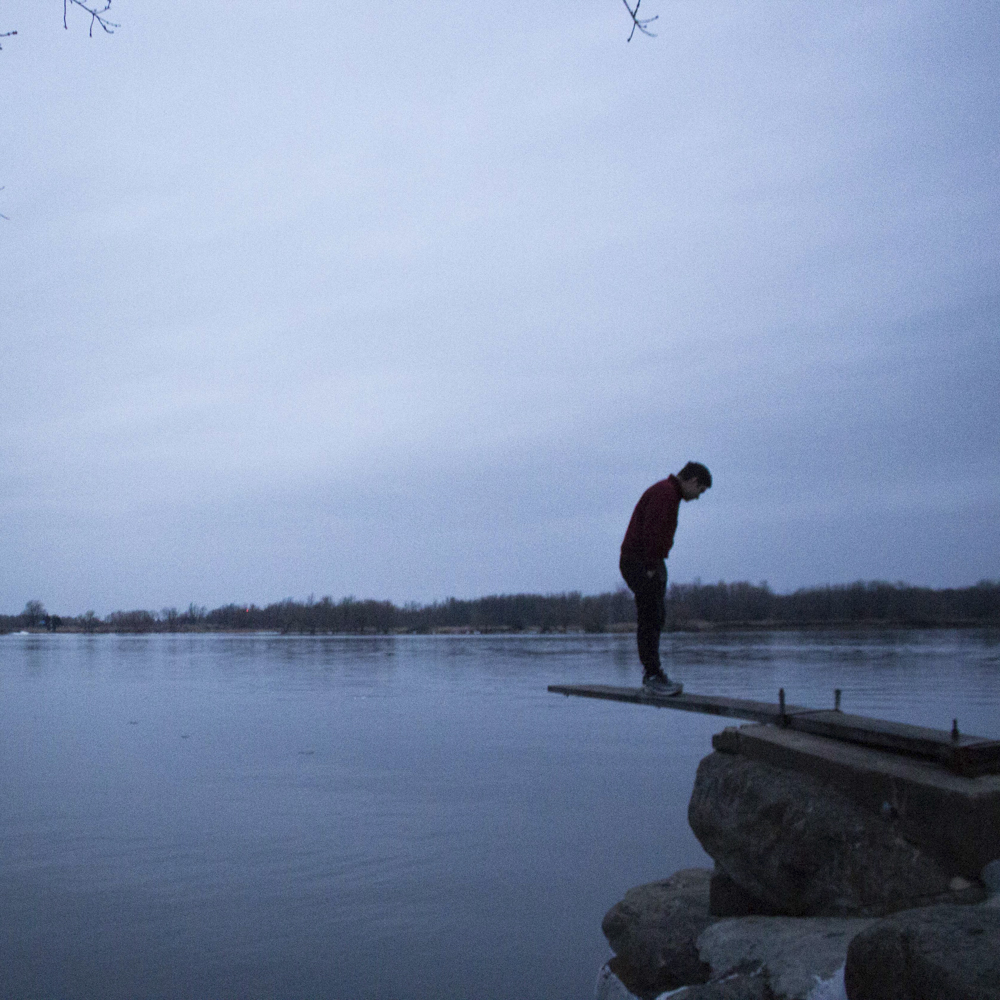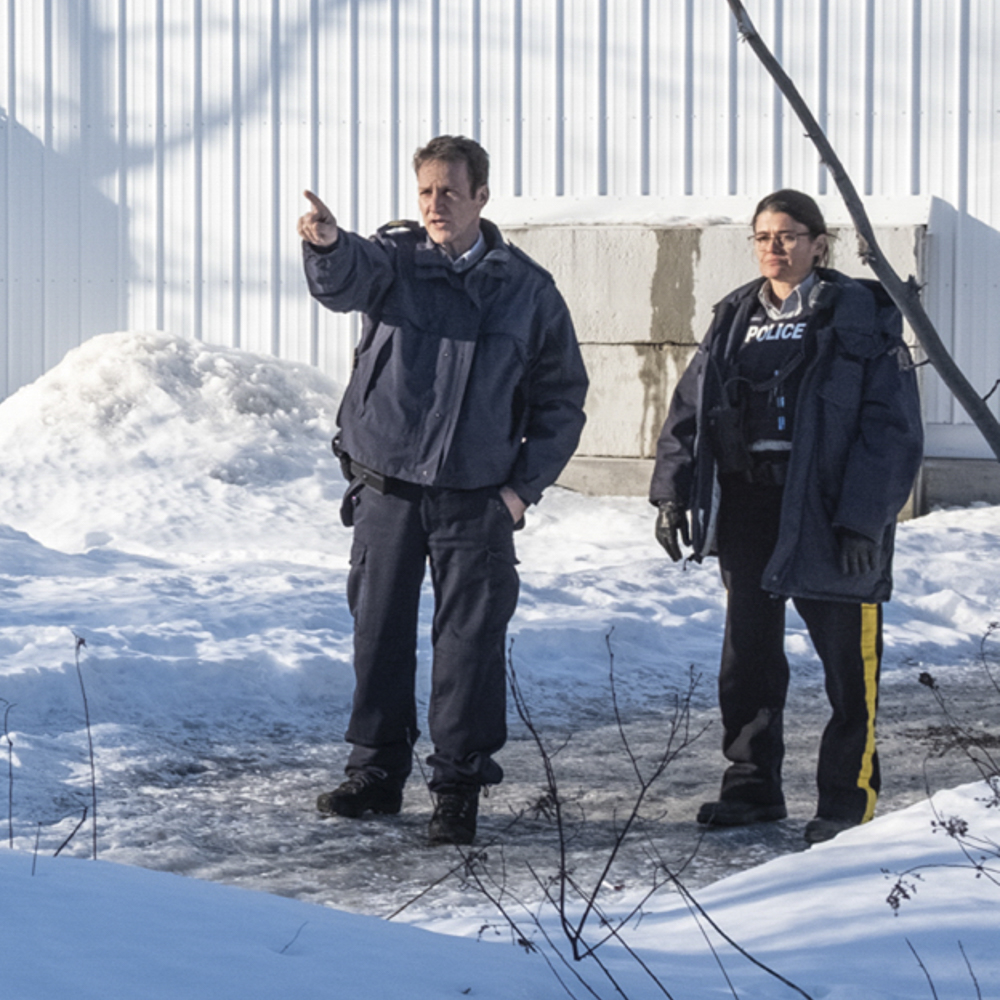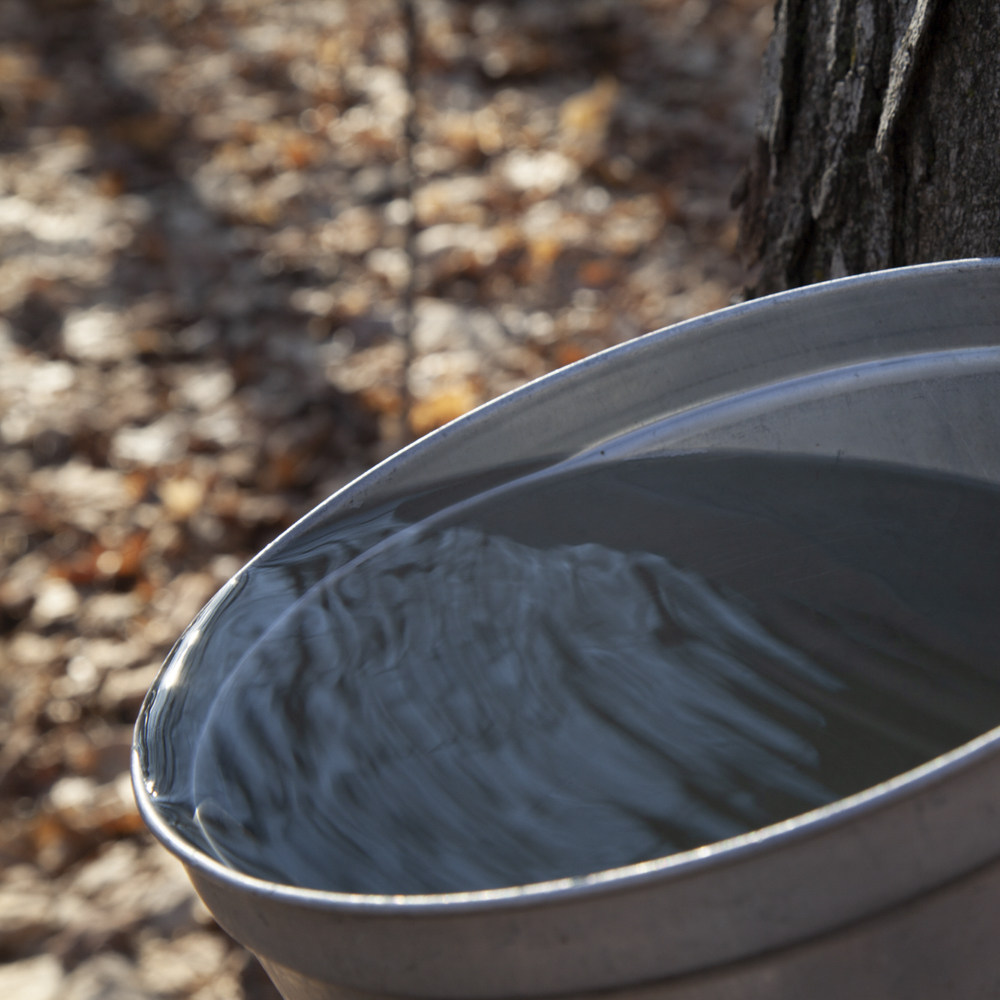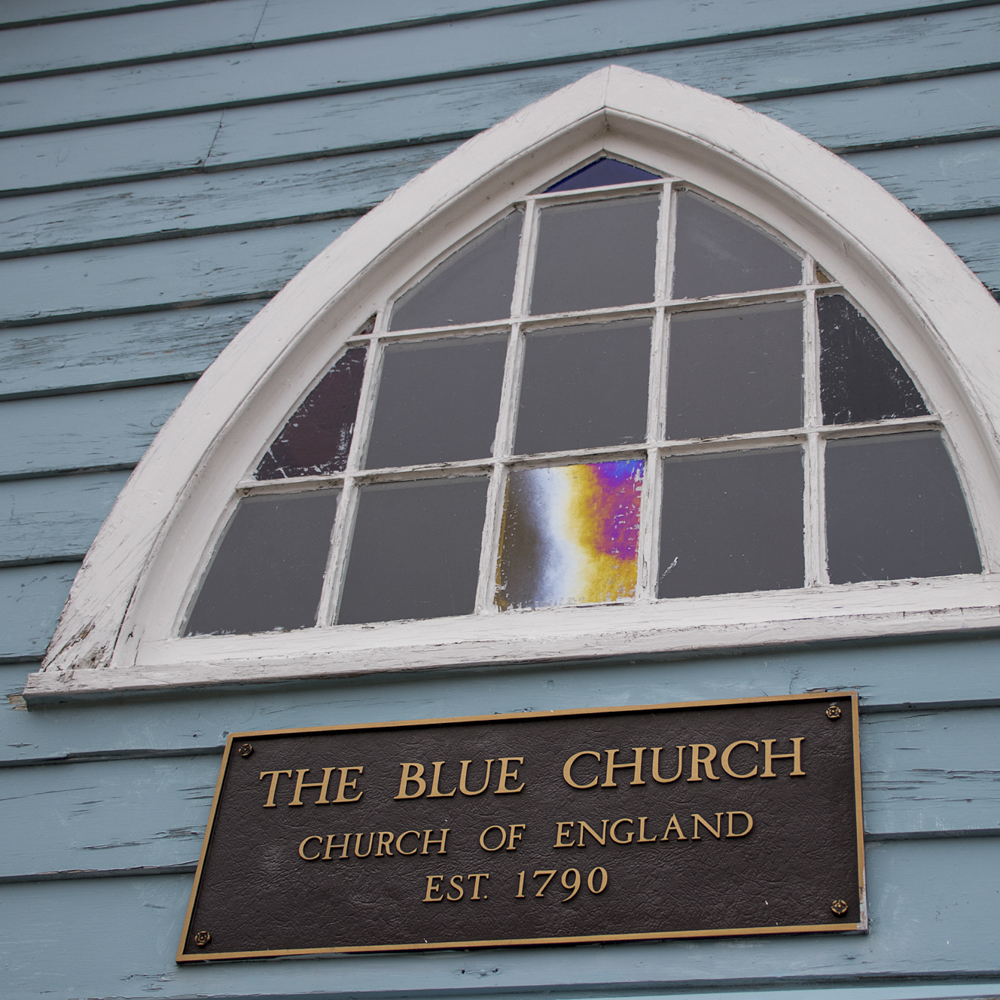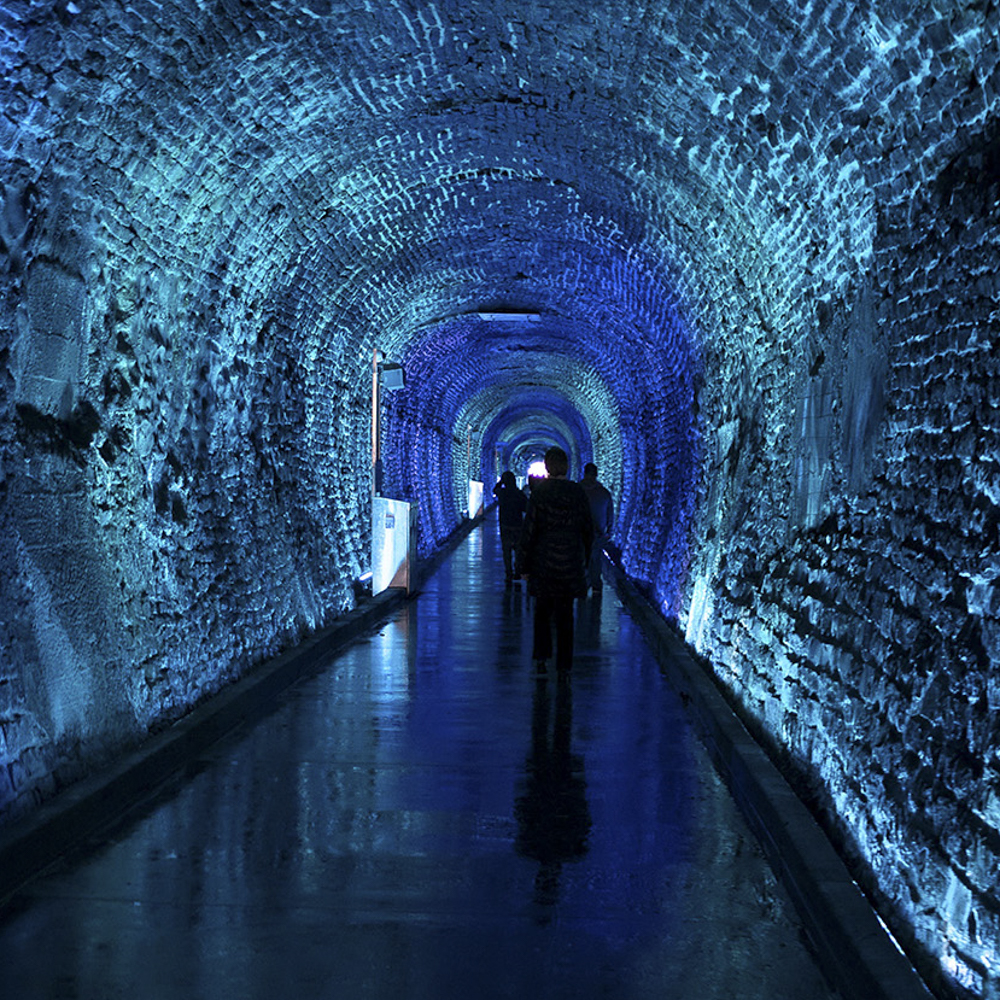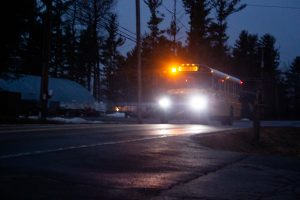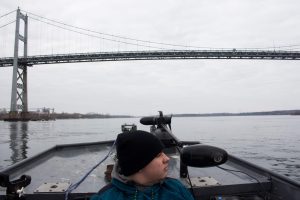Unwelcome at Home: Borders challenge Haudenosaunee identity, sovereignty
Borders challenge Haudenosaunee identity, sovereignty
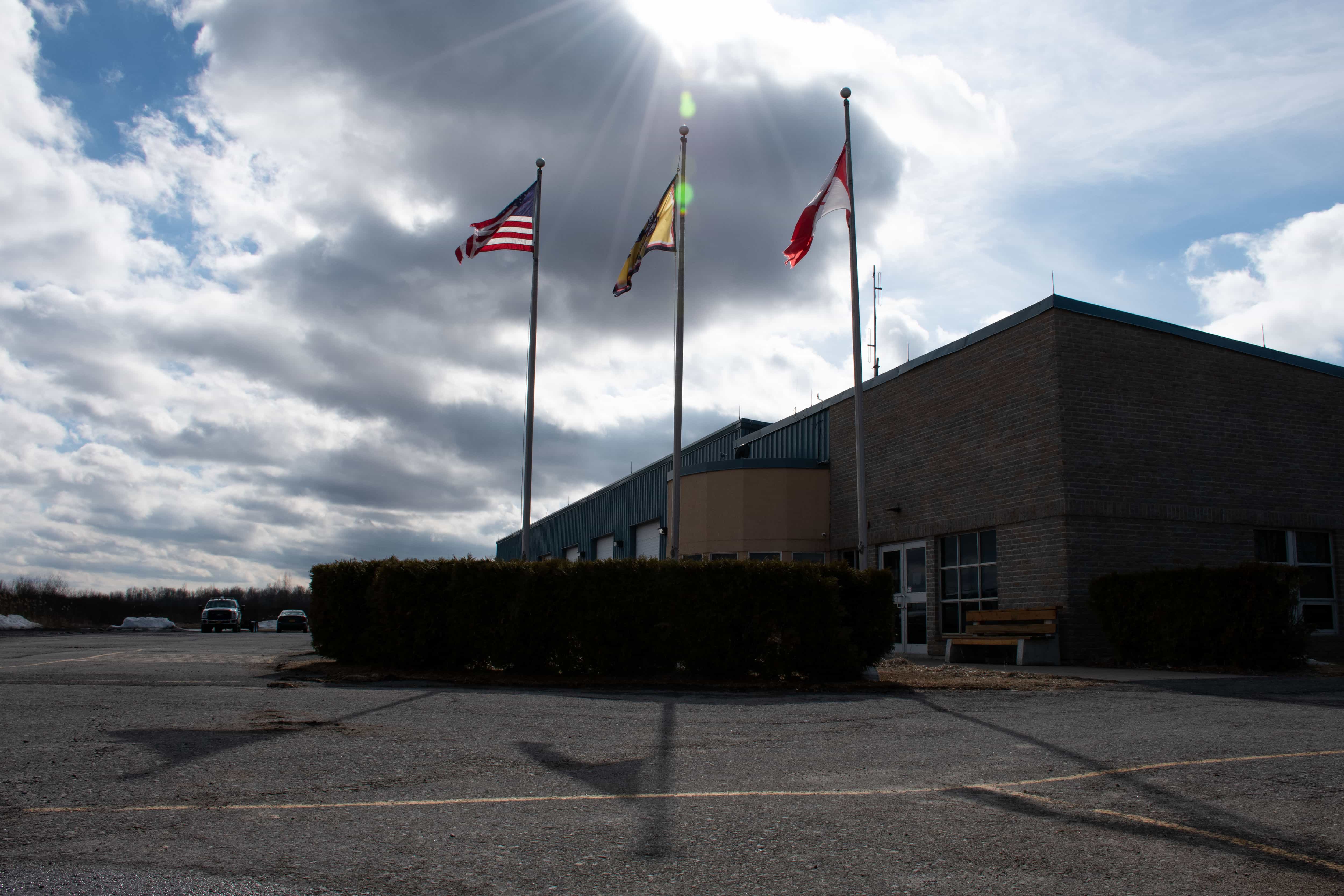
As Philip George approached the border separating the United States and Canada, a familiar feeling of dread crept over him.
George recognized the faces of the Canadian border patrol officers he hoped would grant him access across the border at the Buffalo-Fort Erie crossing. He rolled up to one of the booths, and one of the officers asked him the familiar questions: Where were you born? Do you have any alcohol in your car? Tobacco? Weapons?
He presented them his Haudenosaunee identification card, the ŌĆ£red card,ŌĆØ named for the red stripe along the top. They asked him if he had other ID. GeorgeŌĆÖs frustration mounted. The Canadian border patrol officer handed him a familiar yellow ticket and instructed him to pull over. His car would have to be ┬Āinspected before he could cross into Canada.
George has been through this, he estimates, close to 30 times at this one border crossing.
ŌĆ£I feel it every time I cross the border,ŌĆØ George said. ŌĆ£What is it IŌĆÖm going to be dealing with today? WhoŌĆÖs going to give me a hard time today? What kind of person am I going to be dealing with today? Do they understand me? Do they know me? Or are they going to prejudge who I am?ŌĆØ
George is a member of the Oneida Indian Nation, one of six that make up the Six Nations Iroquois Confederacy, also known as the Haudenosaunee Confederacy. The Haudenosaunee Confederacy is one of the worldŌĆÖs oldest representative democracies. ItŌĆÖs credited as having a strong influence on the founders of the United States. The Grand Council is comprised of 50 chiefs from the five original nations: the Mohawks, Onondagas, Senecas, Cayugas, and Oneidas. The Tuscaroras joined after the original five and have no voice on the Grand Council.
The confederacy issues its own passport, in recognition of each of the Iroquois nations status as sovereign entities within the United States. But that sovereignty isnŌĆÖt always recognized. And since their ancestral lands span across the U.S.-Canadian border, that lack of recognition has serious consequences for Native people as they go about their daily lives.
The Haudenosaunee passport is available to community members of the six nations that make up the Haudenosaunee Confederacy. Many countries refuse to accept the Haudenosaunee passport as an official form of documentation, which can cause problems when traveling. In 2010, the Iroquois Nationals lacrosse team was refused entry into the United Kingdom when they attempted to travel with the Haudenosaunee passport. Just this past year the Iroquois Nationals lacrosse team faced difficulty traveling to Israel with the Haudenosaunee passport, but were eventually allowed to enter the country.
It can get particularly complicated when a Native American tribal territory ŌĆō which is already a nation within a nation ŌĆō straddles an international border. ThatŌĆÖs the case for the Mohawks, who are members of the Haudenosaunee Confederacy and whose territory stretches from northeastern New York into southeastern Ontario and southwestern Quebec. The Mohawks in this area have three officially recognized forms of government, one for each side of their community divided by the United States-Canadian border, as well as a traditional government of chiefs.
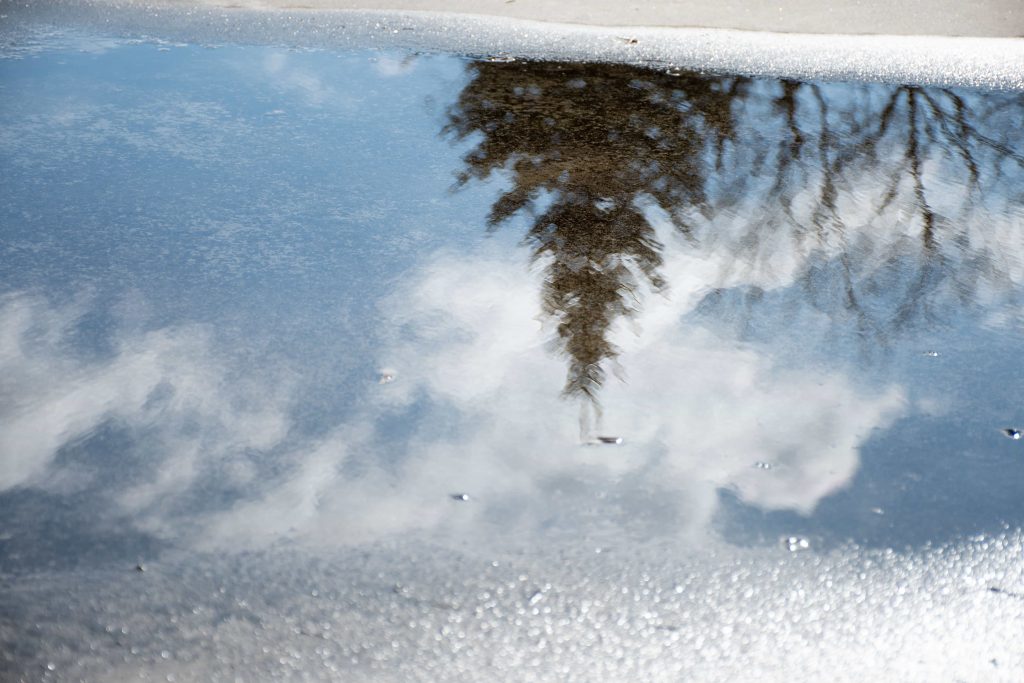
The border runs right through Akwesasne, splitting the reservation into two. Canada recognizes the Mohawk Council of Akwesasne, the elected council for the Canadian side of the community. The United States recognizes the Saint Regis Mohawk Tribal Council, the elected tribal council for the U.S. side. The Mohawk Nation Council of Chiefs is the traditional government of the Akwesasne community and works with both sides, refusing to recognize the border separation.
The Mohawk Nation Council of Chiefs is the traditional representative government of the Akwesasne community. ItŌĆÖs a clan system with lifelong chiefs approved by the Haudenosaunee Confederacy, who discuss and enact decisions for the community. Elected forms of government were installed in Akwesasne in the late 1800s. Many community members in Akwesasne refuse to vote in tribal elections because they feel it doesnŌĆÖt represent their traditional values.
ŌĆ£Our people have consistently resisted and rebuked this form of government throughout its history,ŌĆØ the Mohawk Nation Council of ChiefsŌĆÖ website states.
Kanenotokon Hemlock, the co-chair of the External Relations Committee for the Haudenosaunee Confederacy, believes that voting was forced on communities as a means of control. He said that participating in elections would mean accepting the elected government system.
ŌĆ£IŌĆÖve never voted in my whole life,ŌĆØ Hemlock said. ŌĆ£We donŌĆÖt vote in the community elections, we donŌĆÖt vote in federal elections, because to us, thatŌĆÖs not our system. ThatŌĆÖs not our way.ŌĆØ
Lilian Benedict Barton, the contract collections care manager at the Akwesasne Cultural CenterŌĆÖs museum, identifies as a dual Canadian and United States citizen. She votes in the tribal elections in Akwesasne and in the presidential election in the United States.
ŌĆ£I identify as a dual citizen because I have membership on both sides, the Canadian and the American side,ŌĆØ Barton said. ŌĆ£IŌĆÖm not a traditionalist.ŌĆØ
Sheree Bonaparte, the museum director, doesnŌĆÖt identify as a United States citizen and doesnŌĆÖt vote in United States elections. She said many community members in Akwesasne donŌĆÖt vote in elections because they feel voting isnŌĆÖt the traditional way of expressing their opinions.
George doesnŌĆÖt identify as a Canadian citizen and doesnŌĆÖt vote in Canadian elections.
ŌĆ£In my heart when it comes to voting, I just donŌĆÖt feel that it is my duty to vote for a government that doesnŌĆÖt recognize our people as sovereign citizens,ŌĆØ George said.
Passports pose another issue for the community and governments, especially when it comes to international travel.
Hemlock had a similar experience the same year that the Iroquois Nationals lacrosse team were denied entry into the United Kingdom. He was traveling home from Bolivia with his uncle and cousin when they were stopped in El Salvador for an additional 19 days after their Haudenosaunee passports were denied. Hemlock said he could hear the guard that stopped them on the phone with the Canadian Embassy. The Canadian diplomat asked the guard to spell the passport name out to him and after realizing Hemlock and his family were traveling on Haudenosaunee passports, urged the guard to prohibit them from flying.
ŌĆ£Immediately on the other end, the guy says, ŌĆśwhatever you do, you donŌĆÖt let them on the plane,ŌĆÖŌĆØ Hemlock said. ŌĆ£ŌĆśIf you have to deport them back to Bolivia, thatŌĆÖs what you do. Do not let them on the plane with that passport.ŌĆÖŌĆØ
Barton said she has a United States passport because she doesnŌĆÖt want to face any issues when traveling abroad.
George has a Canadian passport but is currently in the process of obtaining a Haudenosaunee passport. He also said he got his Canadian passport because he wanted to avoid problems when traveling internationally.
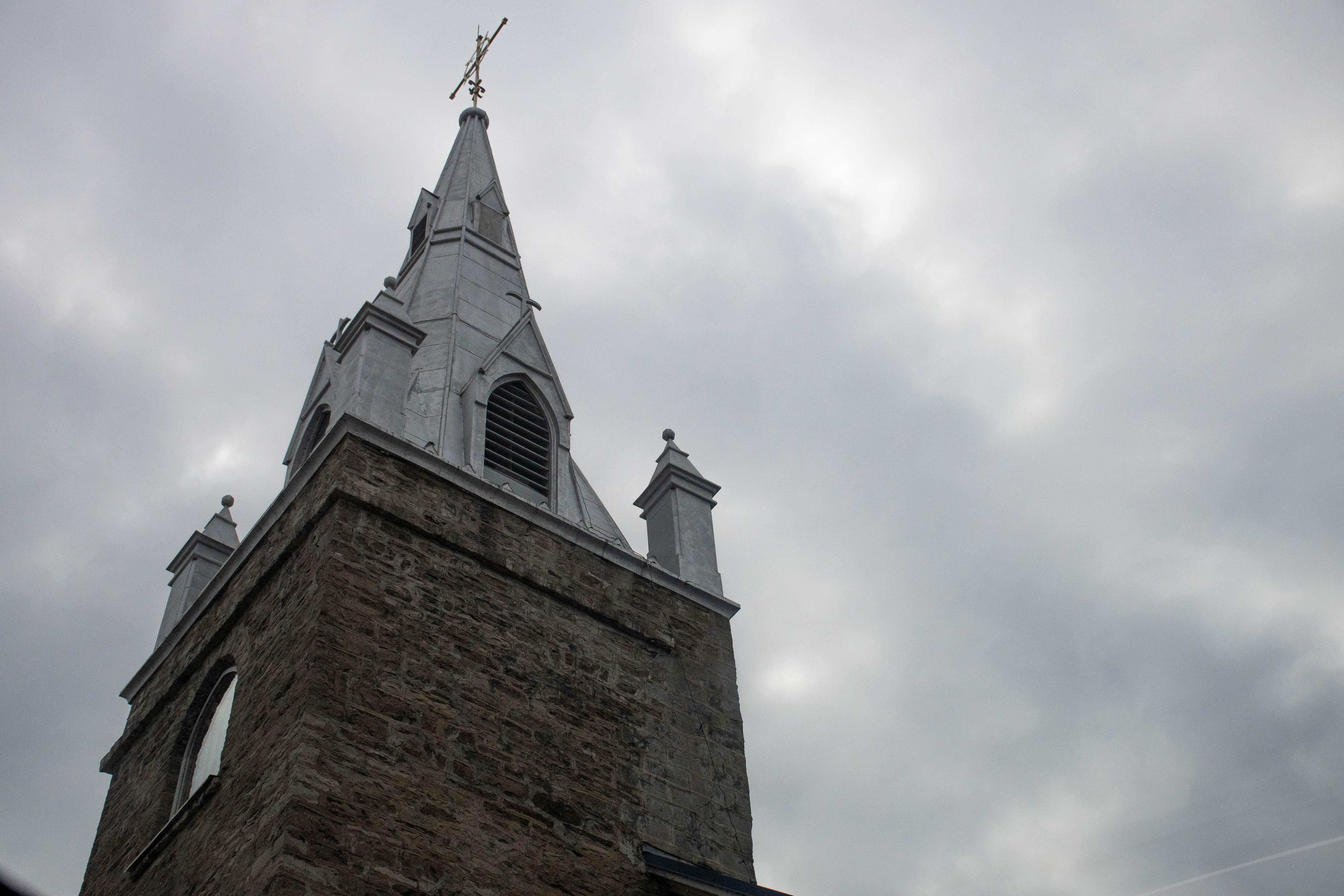
The Mohawk Council of Akwesasne is the recognized form of elected government for the Canadian side of the reservation. The MCA is made up of 12 District Chiefs from the three districts of Akwesasne, and one Grand Chief.
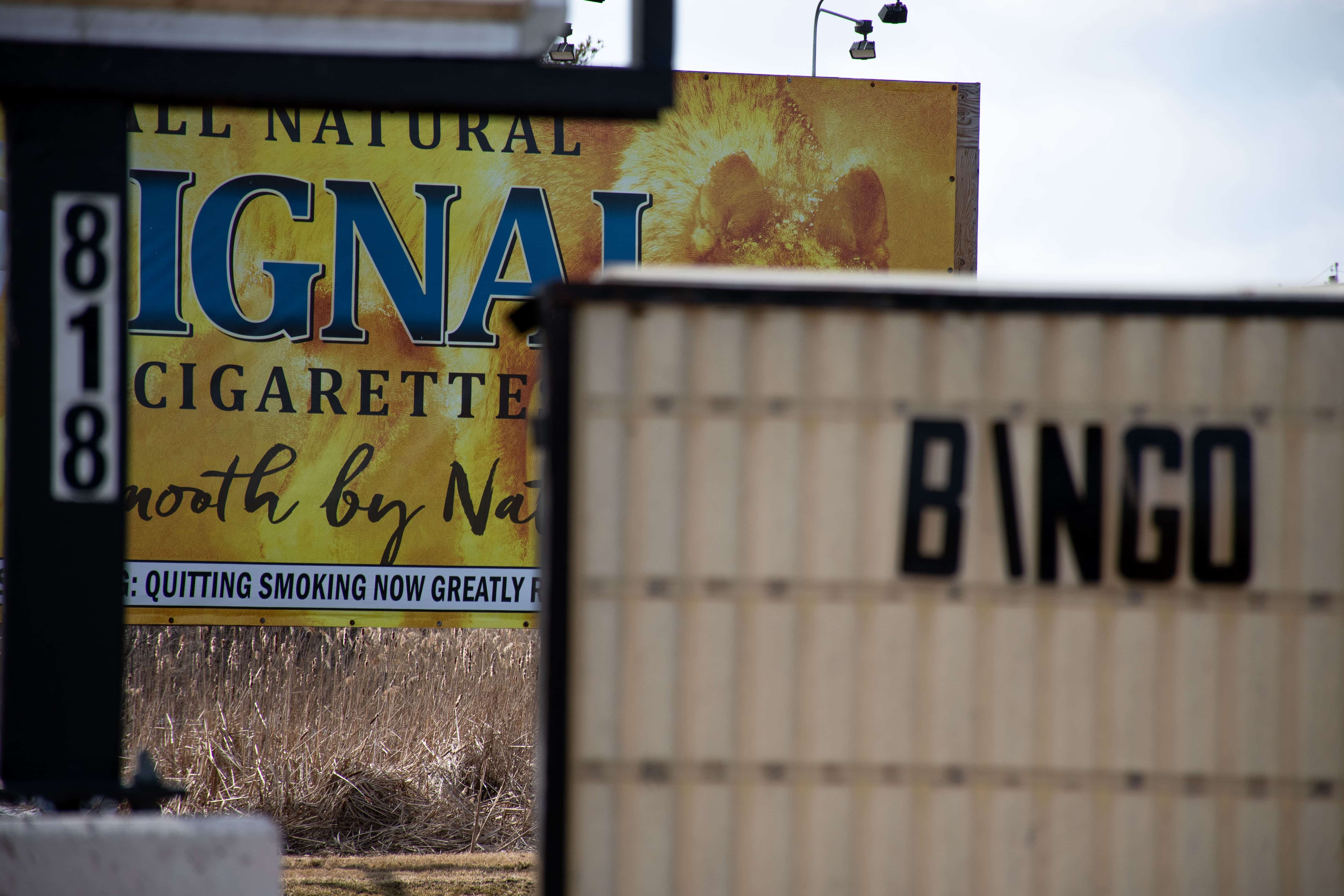
A sign along New York State Road 37 promotes bingo gaming near the Hogansburg Akwesasne Volunteer Fire Department.
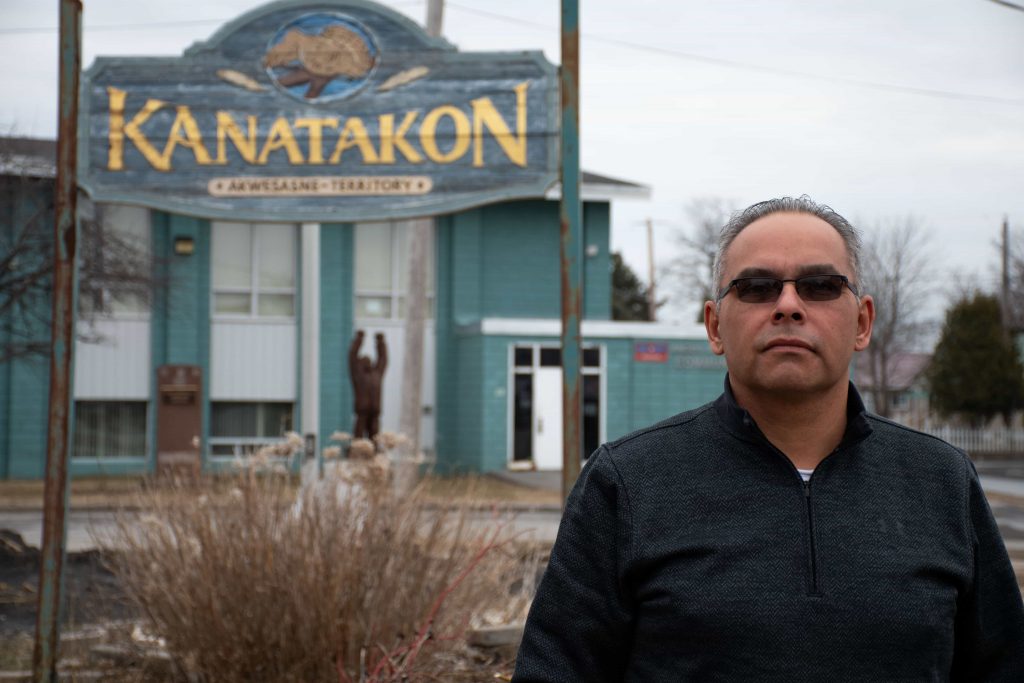
Hemlock only has a Haudenosaunee passport.
ŌĆ£A passport is a declaration of citizenship,ŌĆØ Hemlock said. ŌĆ£WeŌĆÖd kind of be shooting ourselves in the foot from a sovereignty standpoint if we were traveling internationally as Canadians or Americans.ŌĆØ
Darryl Lazore, a chief of the Mohawk Council of Akwesasne, says that the border affects people outside of just travel.
ŌĆ£In reality, we should all be one, not split because of the border because we do not recognize it,ŌĆØ Lazore said. ŌĆ£We have a lot of great programs that are stifled because of the different jurisdictions.ŌĆØ
The programs that Lazore mentions include every major service in the community: health clinics, utilities and police forces. The existence of the border dictates that every service on the northern, Canadian side of Akwesasne must be duplicated for the southern part of the territory.
Lazore drives down a long stretch of road as he speaks on the American side of Akwesasne. It is straight and narrow, littered with potholes that force drivers to go offroad as they travel through clusters of homes. The stop signs say ŌĆ£TestaŌĆÖnŌĆØ instead of ŌĆ£StopŌĆØ and many of the houses display Mohawk art. As Lazore points out various parts of the river, the signs along the road suddenly switch from miles to kilometers per hour. That is as much warning a person gets before driving from New York to Canada, and vice versa. The spot is one of the multiple areas in Akwesasne where the border runs through where there are no checkpoints, no announcements, just a simple change in units.
